Export Paintings from the Imperial Court: A Qing Dynasty Visual Encyclopedia for Emperor Franz I of Austria”
(奥地利国家图书馆藏外销画册)
Overview
Housed in the Austrian National Library, this 14-volume set of China Trade Paintings (1821) offers a kaleidoscopic view of late Qing Dynasty China through the lens of Guangzhou export art. Commissioned for Emperor Franz I of Austria (reign: 1804–1835), these albums blend ethnographic documentation with aesthetic hybridity, capturing imperial rituals, maritime technology, flora/fauna, and urban life. Created during the Canton System era (1757–1842), they exemplify how Chinese workshops adapted traditional techniques to satisfy European patrons’ demands for “Oriental authenticity”.
Historical Background
During the 18th-19th centuries, Guangzhou (Canton) was the sole legal port for Sino-European trade. Local workshops produced export paintings (外销画) combining Chinese brushwork with Western perspective, serving as visual souvenirs for merchants and diplomats. These albums, stamped with Franz I’s imperial crest, were likely commissioned through Jesuit intermediaries or the Dutch East India Company, reflecting Habsburg interest in Qing material culture during the Napoleonic Wars.Album Descriptions with Artistic Significance
- Imperial Life & Porcelain Production
- Title: Scenes of Noble Life with Porcelain Manufacturing
- Content: 39 watercolors depicting court ceremonies (e.g., tea rituals, palanquin processions) juxtaposed with step-by-step porcelain production—from clay mining in Jingdezhen to cobalt-blue glazing.
- Cross-Cultural Notes: The porcelain diagrams align with European Enlightenment-era fascination with Chinese industrial secrets, later influencing Meissen and Sèvres workshops.
- Portraits of Nobility
- Volumes: Two Albums of Qing Aristocrats
- Content: 82 standing figures showcasing rank-specific attire—mandarin squares for officials, phoenix coronets for imperial consorts.
- Symbolism: Crane motifs denote longevity (一品文官), while tigers symbolize military valor (武官).
- Women’s Leisure & Military Drills
- Title: Ladies’ Pastimes and Soldier Training
- Content: 24 scenes of elite women playing weiqi (围棋) and practicing calligraphy, contrasted with infantry practicing archery and cannon drills.
- Historical Insight: Reflects the Qing military’s reliance on traditional weapons amid rising European naval power.
- Urban Tradespeople
- Volumes: Two Albums of Street Vendors
- Content: 112 vignettes documenting 72 professions—from lantern makers to itinerant dentists.
- Anthropological Value: Comparable to The Customs of China (1796) by William Alexander, these images shaped European perceptions of Chinese “exoticism”.
- Folk Performers
- Title: Street Opera Troupes
- Content: 36 theatrical personas including Peking Opera warriors (武生) and cross-dressing dan roles (旦角).
- Aesthetic Hybridity: Gold-leaf backgrounds mimic European illuminated manuscripts, while poses reference Ming dynasty woodblock prints.
- Maritime Vessels
- Title: Chinese Junks and Barges
- Content: 48 ship types—tea-transport Fujian junks to Cantonese fishing boats.
- Technical Accuracy: Rigging details match 19th-century British Admiralty charts, indicating collaboration with Western traders.
- Flora Studies
- Volumes: Two Botanical Albums
- Content: 107 specimens—peonies (牡丹, imperial symbol) to lychee fruits (荔枝).
- Scientific Link: Parallels Ferdinand Bauer’s Flora Graeca (1806), blending Linnaean taxonomy with Chinese gongbi realism.
- Bird-and-Flower Paintings
- Volumes: Two Albums of Avian Motifs
- Content: 89 compositions pairing magpies (喜鹊, joy) with plum blossoms (梅花, resilience).
- Cultural Fusion: Gold-flecked clouds echo Rococo decor, while brushstrokes follow Song dynasty Xieyi traditions.
- Entomological Illustrations
- Title: Butterflies and Insects
- Content: 47 ecological scenes—monarchs on chrysanthemums, cicadas on bamboo.
- Artistic Technique: Layered mineral pigments achieve iridescent wings, inspired by Jesuit-introduced microscope studies.
- Marine Life
- Title: Aquatic Creatures
- Content: 45 species—goldfish (金鱼, prosperity) to mitten crabs (大闸蟹).
- Trade Context: Reflects European demand for Chinese aquarium curiosities during the “Age of Sail”.
Emperor Franz I’s Role
As the last Holy Roman Emperor and first Austrian Emperor, Franz I sought to position Habsburg domains as cultural arbiters post-Napoleon. These albums—diplomatic gifts bearing his double-headed eagle crest—served dual purposes:
- Scientific Documentation: Complemented Vienna’s Kunsthistorisches Museum natural history collections.
- Soft Power: Projected Austria’s global reach during the Biedermeier era’s Sinophilia.
Legacy & Digitization
- Comparative Studies: These works prefigure 20th-century ethnographic photography, akin to John Thomson’s Illustrations of China (1873).
- Digital Access: High-resolution scans available via the Austrian National Library.
Note: Terminology like “外销画” is translated as “China Trade Paintings” to emphasize their commercial-colonial context. Cultural symbols are annotated to bridge Eastern/Western interpretative frameworks.

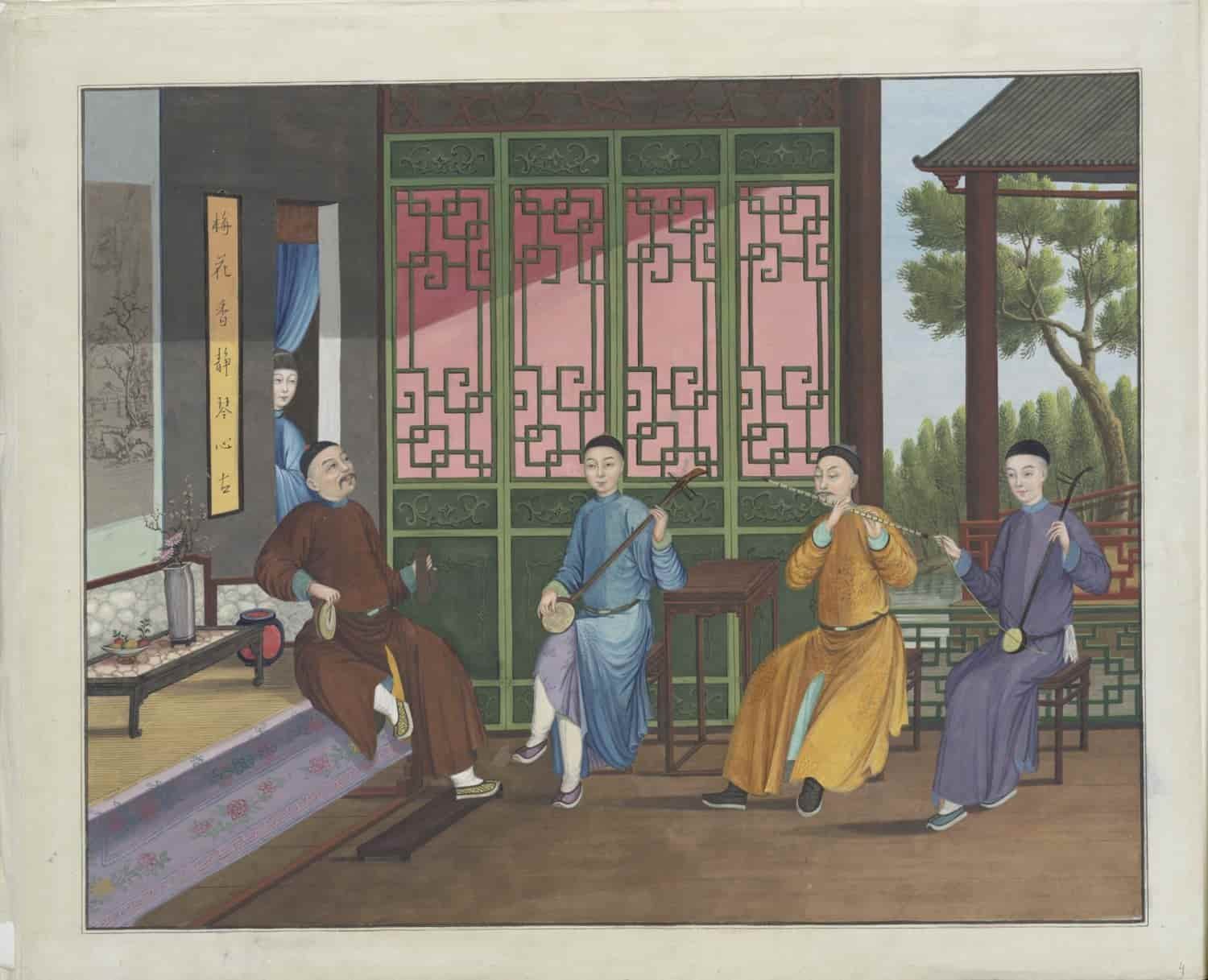
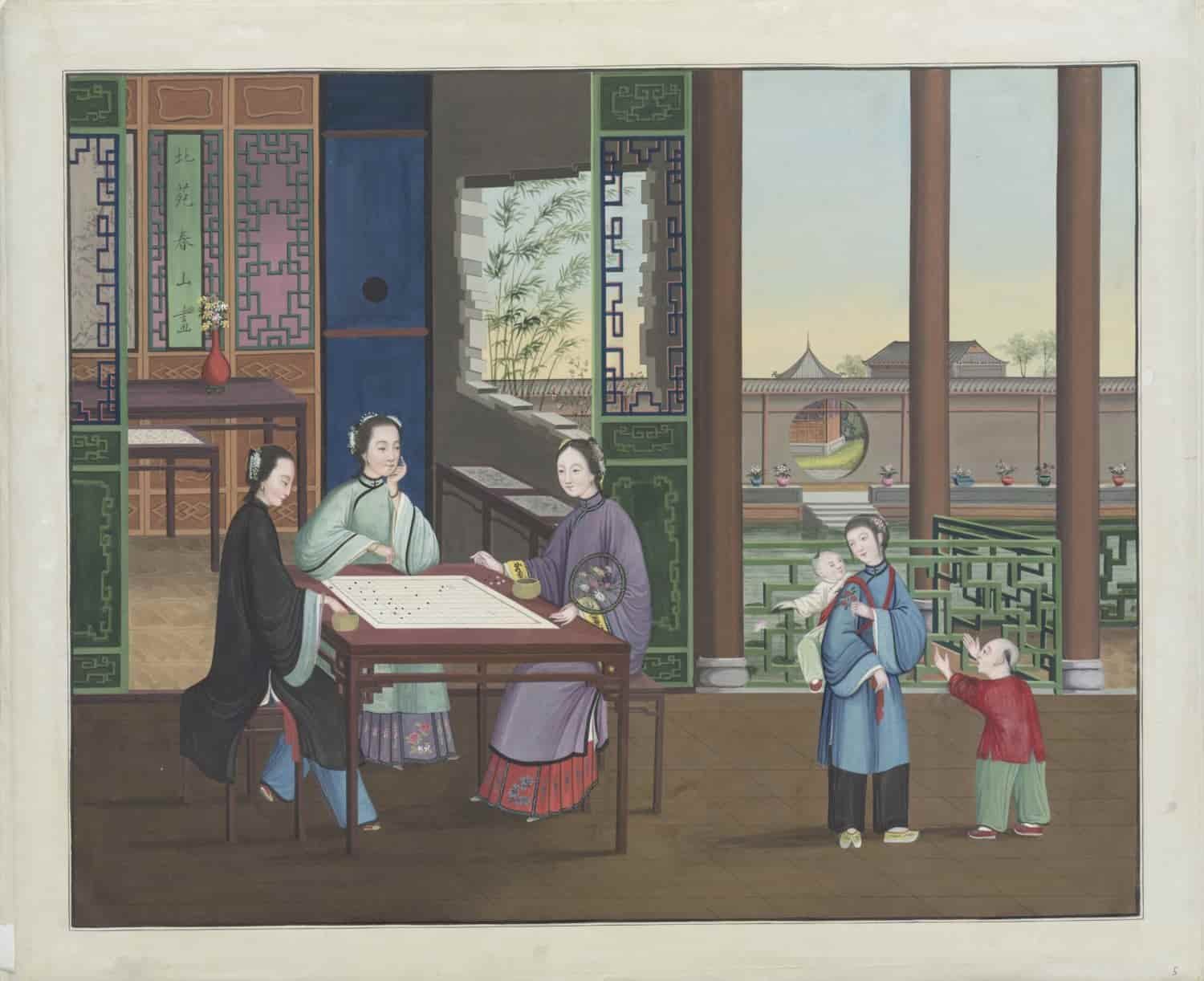
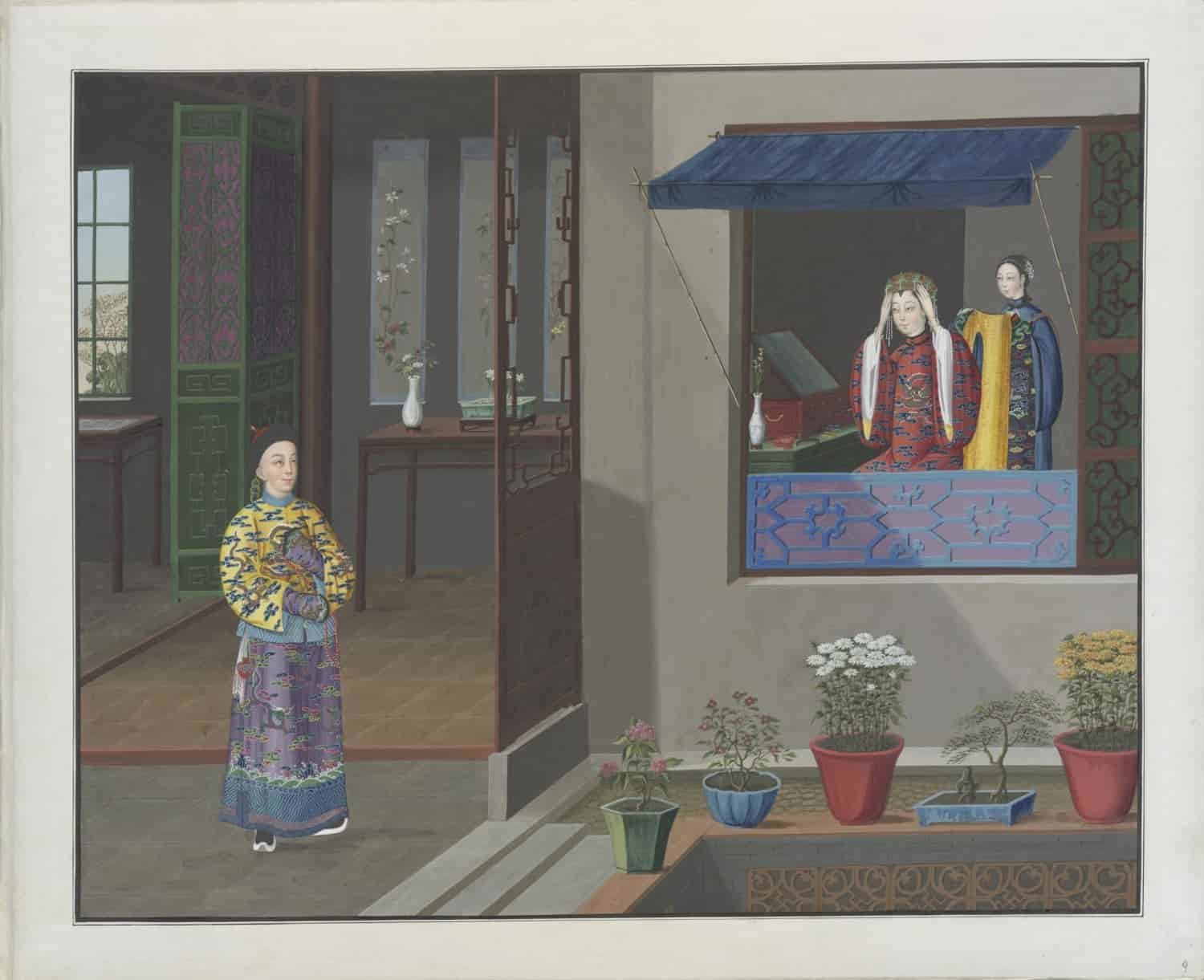
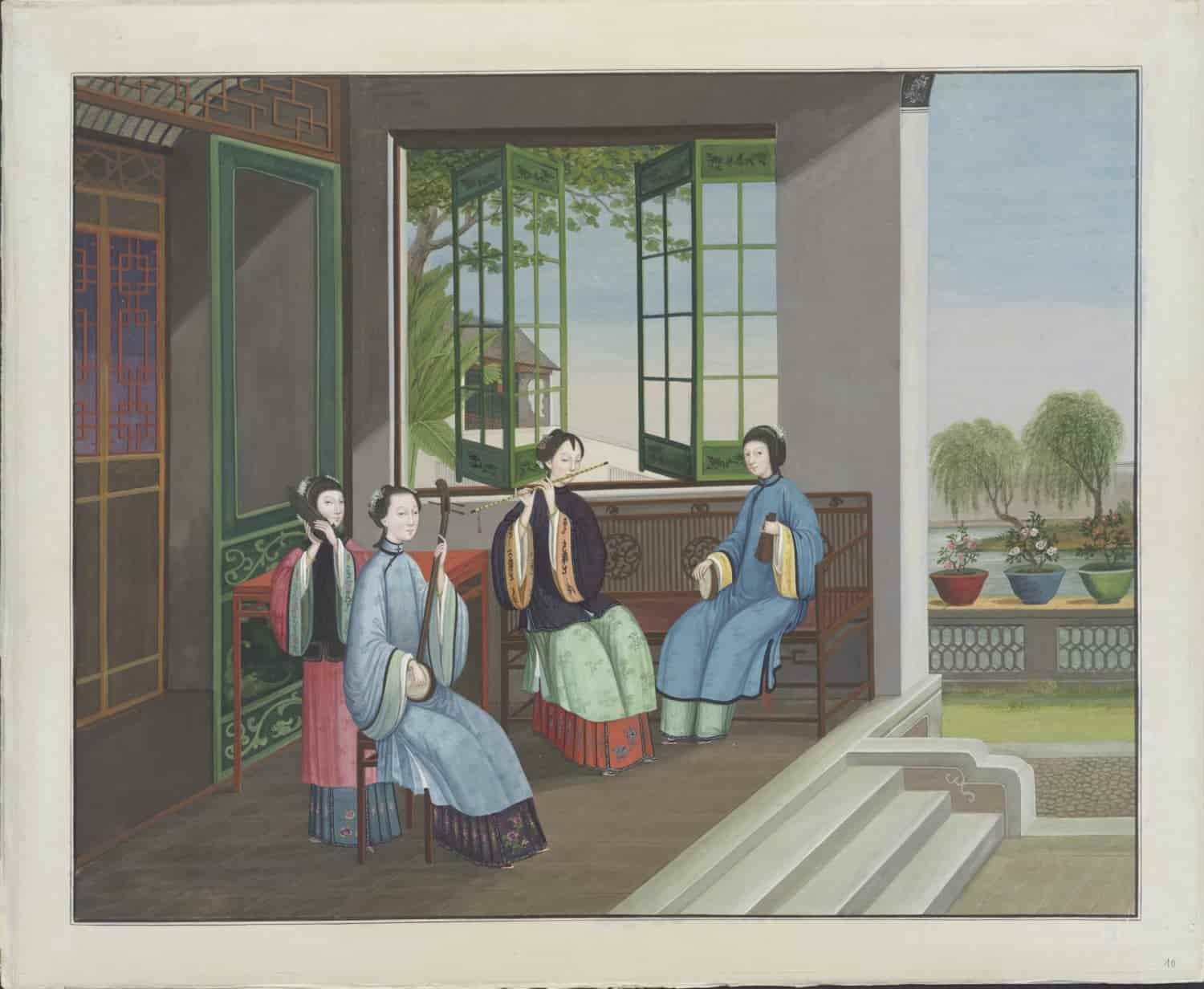
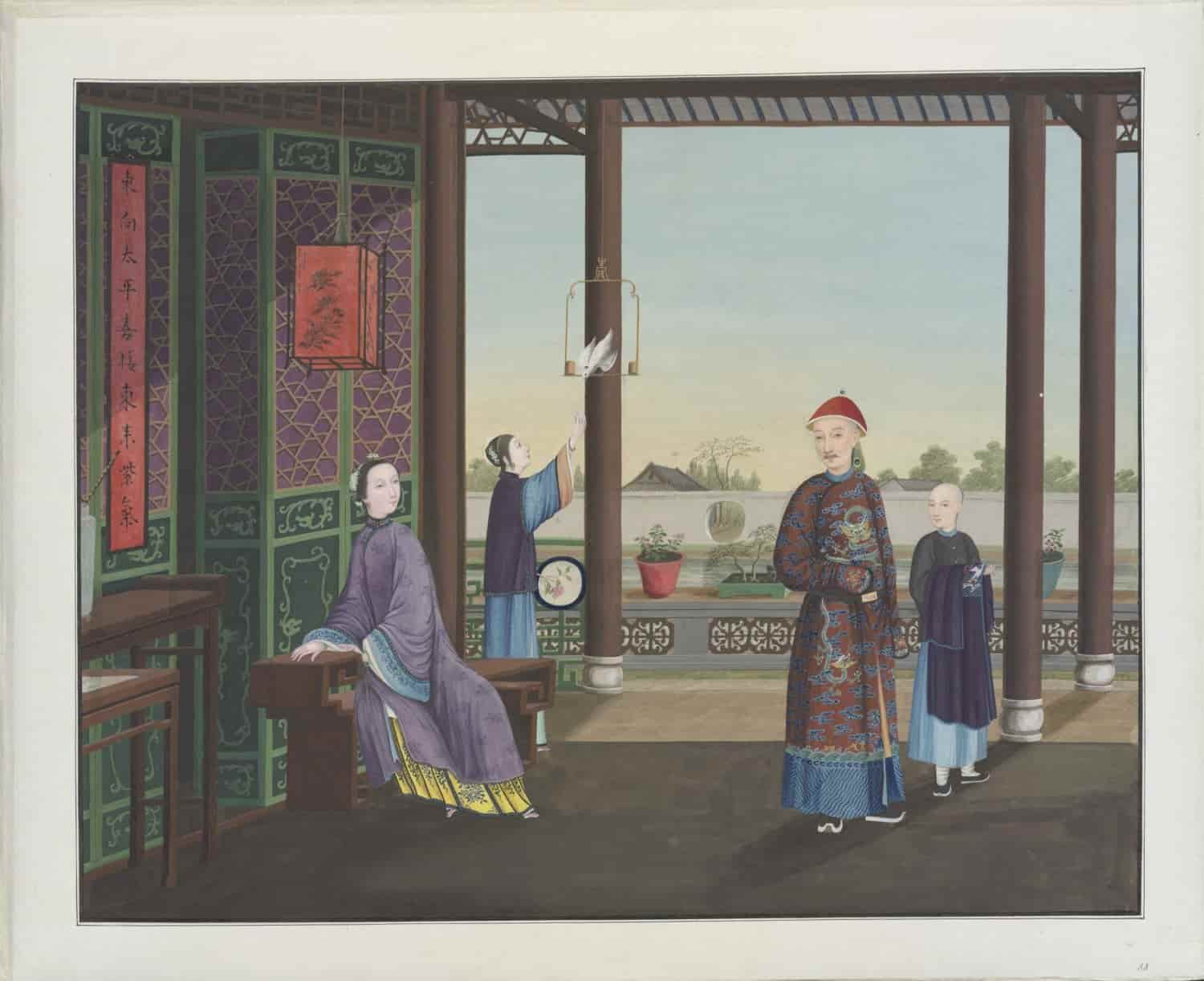
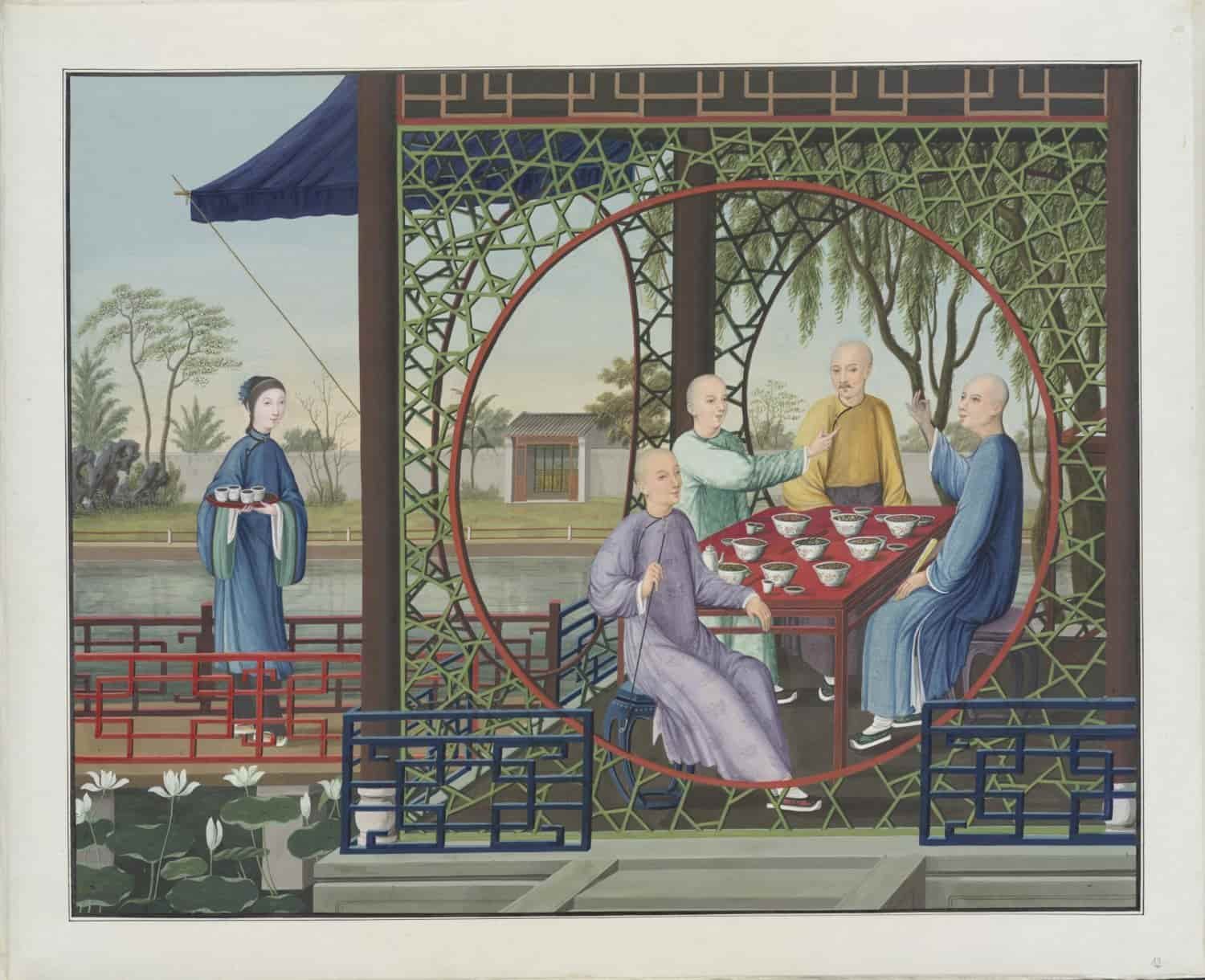
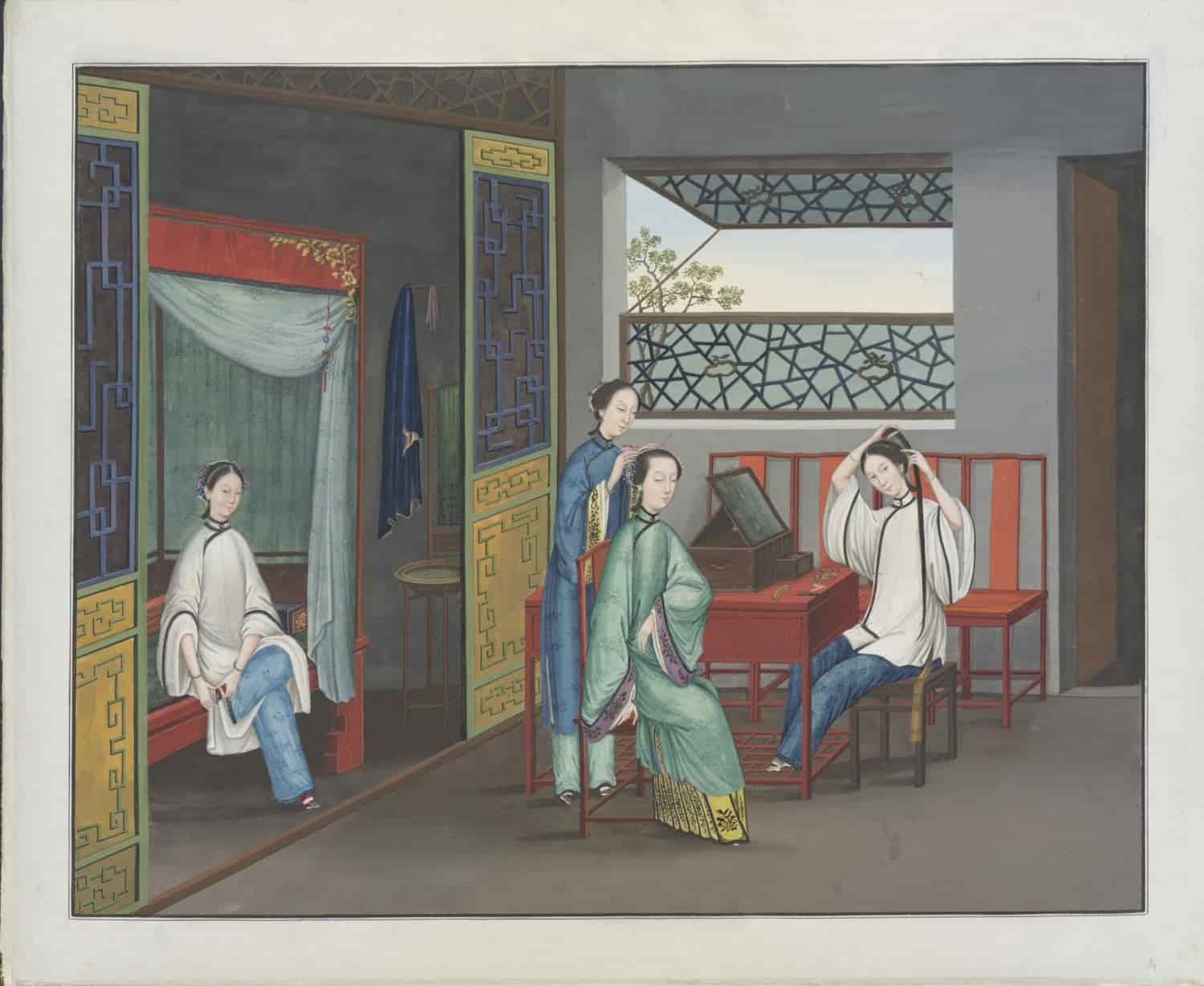
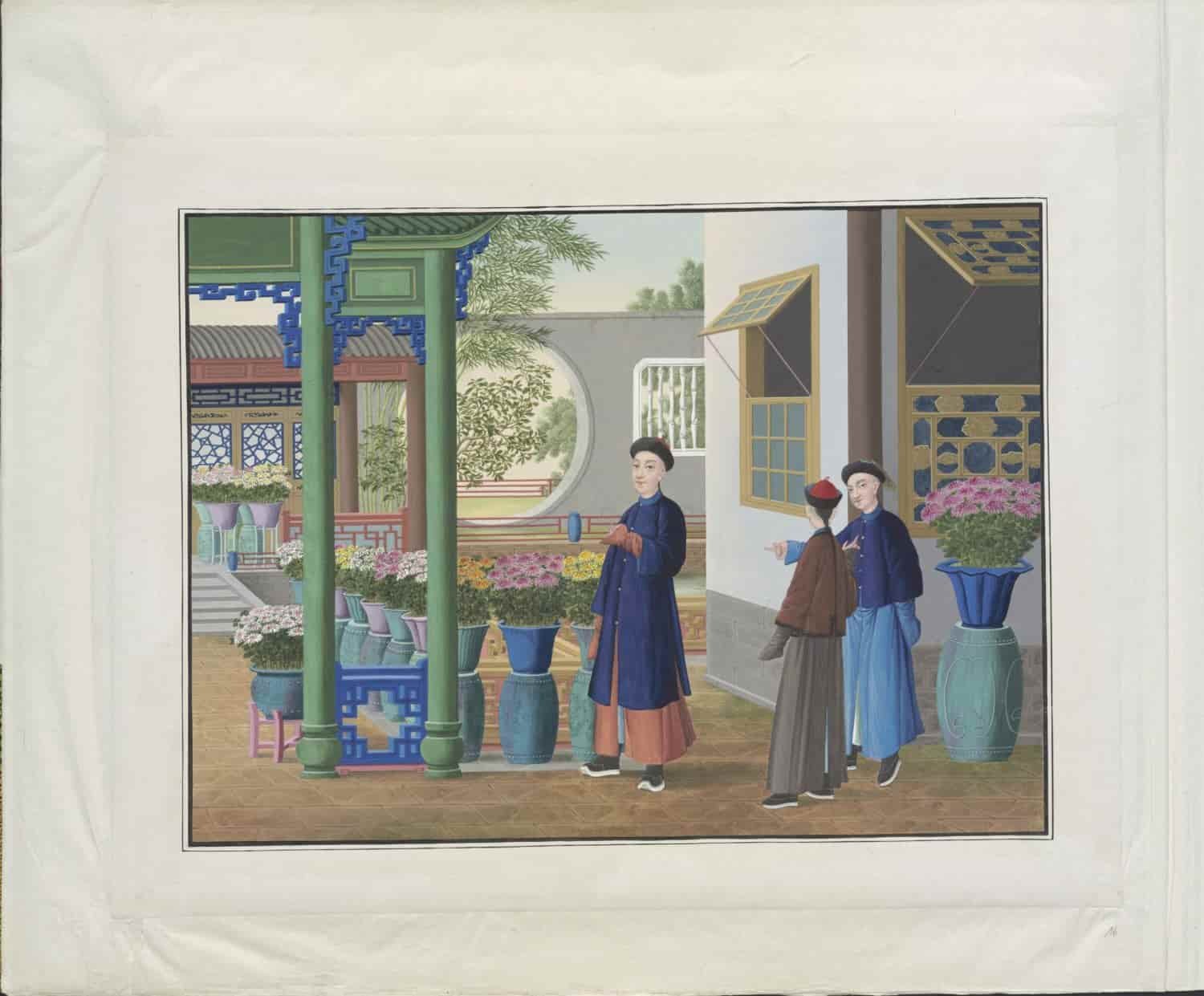
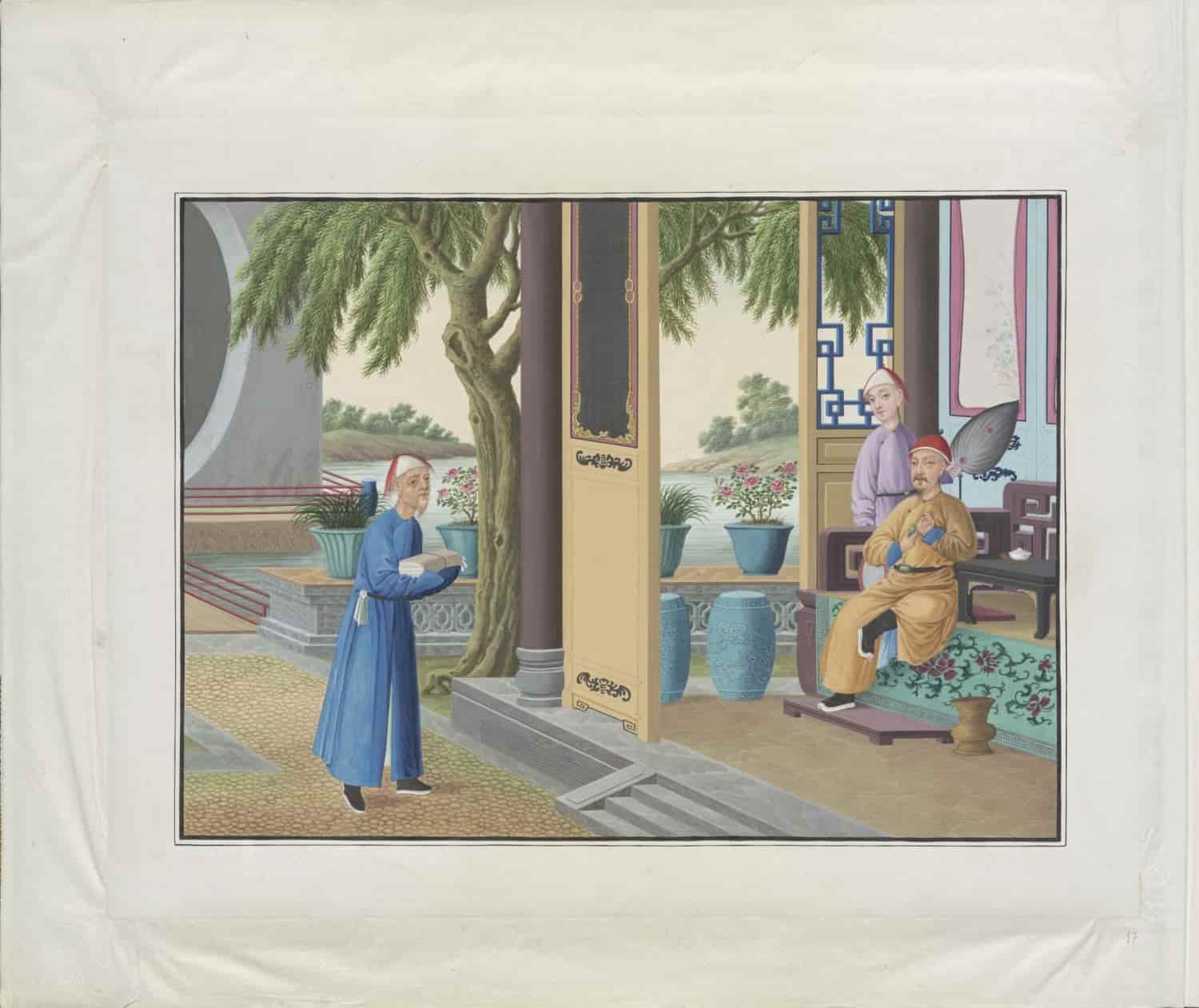
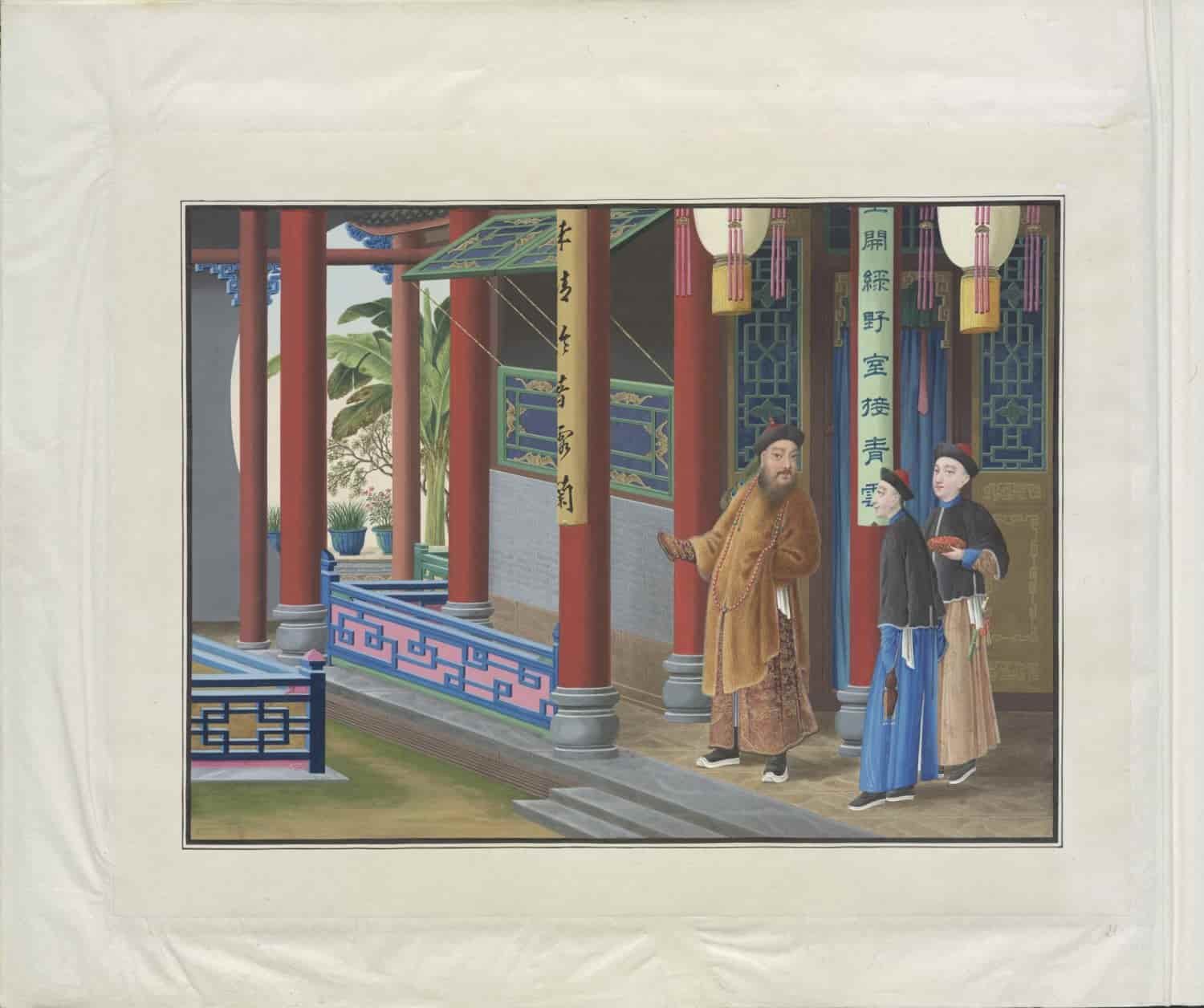
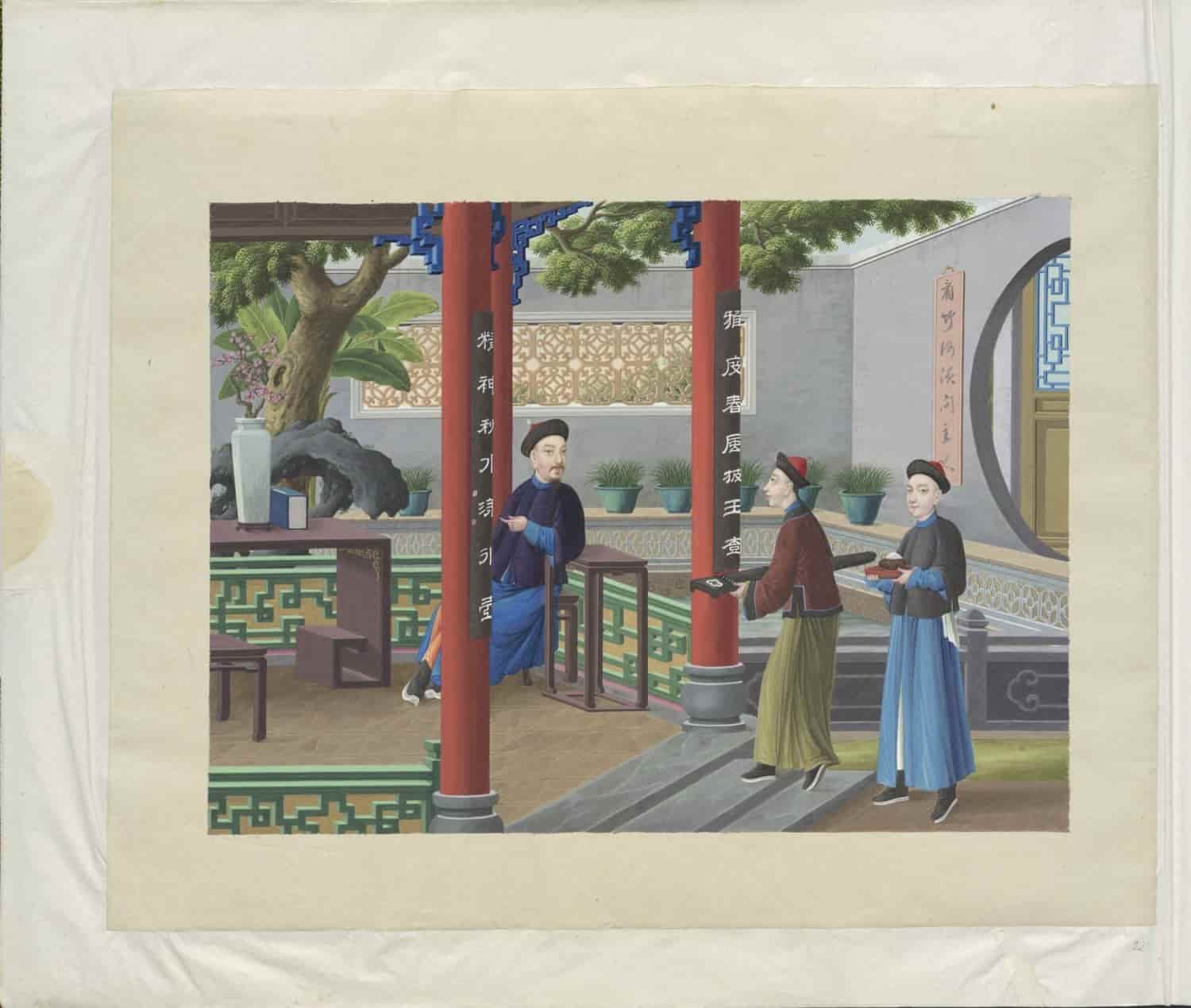
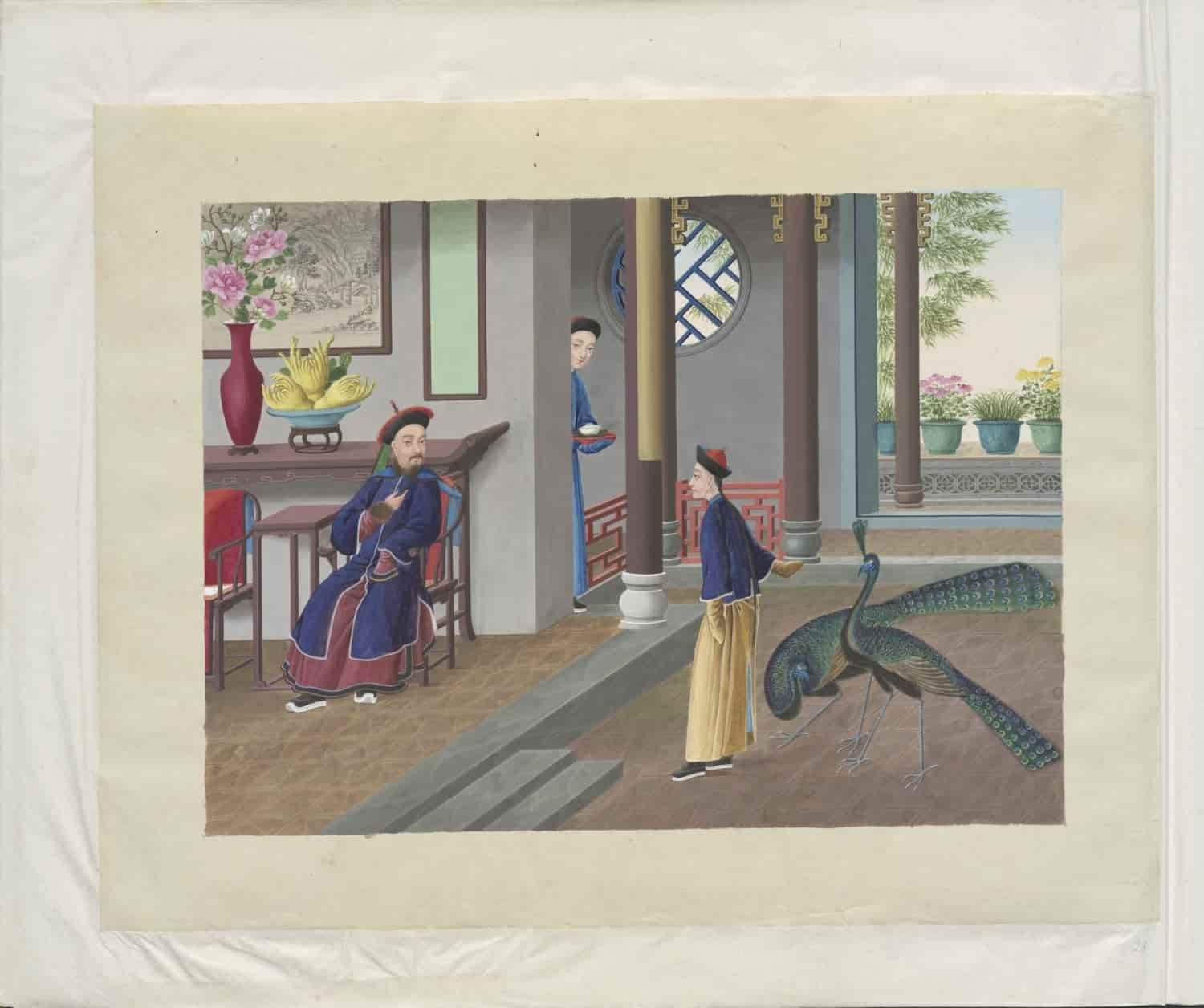
评价
目前还没有评价